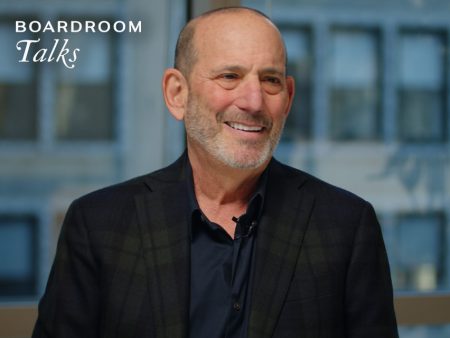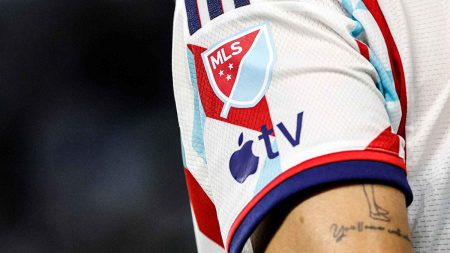A New Era for MLS Transfers
In any other Major League Soccer (MLS) offseason, Jack McGlynn, one of the best young American midfielders, would have moved to Europe to take his career to the next level. However, this offseason marked a significant shift. Instead of crossing the Atlantic, McGlynn found himself in Houston, thanks to a new mechanism introduced by the league. The Houston Dynamo utilized a "cash-for-player" trade to sign McGlynn for an initial $2.1 million. This innovative mechanism, alongside the U22 initiative and homegrown player rule, is reshaping the landscape of player movement in MLS, providing more pathways for players to stay and thrive within the league.
A Mechanism for Retention and Mobility
The "cash-for-player" trade, as it is now called, has already facilitated several high-profile moves. FC Cincinnati’s $5 million deal that sent former MVP Luciano Acosta to FC Dallas, and Sporting KC’s capture of striker Dejan Joveljić from the LA Galaxy for $4 million, are prime examples. According to Sporting Director Mike Burns, "Without the new mechanism, it’s very, very, very unlikely that Dejan would have been with us." This shift is crucial because it counters the trend of MLS’s best players moving to European leagues, as seen with Thiago Almada, Diego Gómez, and Cucho Hernández. For years, MLS has been a stepping stone for young talent, a place where players gain experience before moving on to higher-profile leagues. The new mechanism, however, offers a way for these players to extend their stays in MLS, potentially enhancing the league’s competitiveness and appeal.
A Game-Changer for MLS
The "cash-for-player" rule could prove to be as significant as the Designated Player (DP) rule, introduced in 2007 and often referred to as the "Beckham Rule." The DP rule revolutionized the way teams recruit international-level players, and the new "cash-for-player" mechanism is poised to do the same by making it easier for players to stay and for teams to acquire top talent. Until now, the intra-league transfer market in MLS was limited and complex, with most trades involving allocation money (GAM and TAM) that only a few truly understood. This complexity made it difficult for fans to engage with transfer gossip, a phenomenon that drives interest in other leagues around the world. By introducing a clearer, more straightforward transfer mechanism, MLS is opening the door to more engaging and transparent player movement.
Balancing Parity and Growth
While MLS has not made the sweeping changes to roster rules that some called for after Inter Miami’s landmark signing of Lionel Messi, the recent alterations have certainly provided teams with greater flexibility. The salary budget remains the primary limiting factor, but the new rules have already made a positive impact. For instance, the "cash-for-player" mechanism has allowed teams like Sporting KC, which finished second-bottom of the Western Conference last season, to attract players like Dejan Joveljić, one of the best pure strikers in the league. This increased mobility of talent could help spread star players more evenly across the league, enhancing the overall appeal and competitiveness. In a league where parity is a valuable point of difference, this could be a significant step forward.
Benefits for Players and Teams
The benefits of the "cash-for-player" mechanism are evident for both players and teams. Players who are signed using this mechanism are entitled to 10% of the transfer fee, providing a tangible financial incentive. Additionally, the new rule gives players more freedom to improve their situation on the pitch. For example, Jack McGlynn, who was an awkward fit for the Philadelphia Union’s high-pressing style, has joined Houston, where he can play to his strengths. For teams, the mechanism offers a way to bolster their rosters with high-quality players who might otherwise have left the league. This flexibility is crucial in a league that values parity and aims to ensure that every team has a chance to compete.
The Future of MLS Transfers
The real impact of the "cash-for-player" mechanism will become more apparent over the next couple of seasons. General managers and front offices across the league are still deciphering how the rule change will affect their roster builds and future plans. Early movements suggest that most clubs intend to utilize the new mechanism in some capacity. For players, the rule changes mean more opportunities to stay and grow within MLS, while for teams, it means a more dynamic and competitive league. Deals like those involving Joveljic and McGlynn are just the beginning. As the league continues to evolve, the "cash-for-player" mechanism could become a cornerstone of MLS’s player movement, reshaping the league and enhancing its global appeal.











